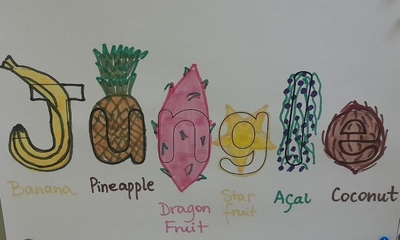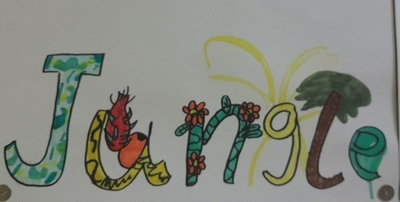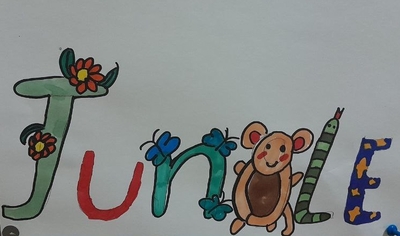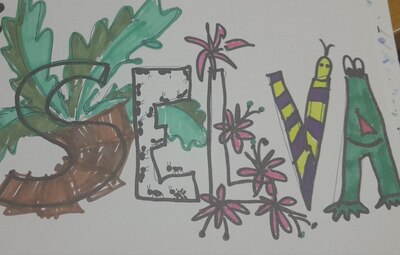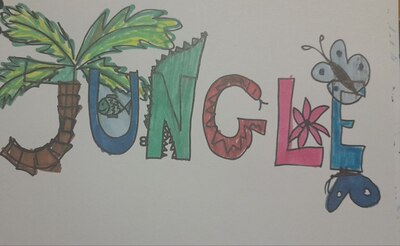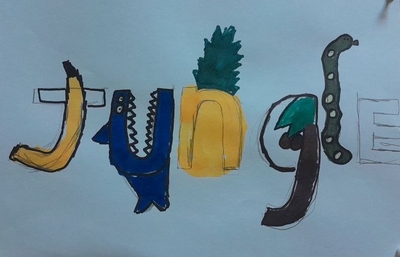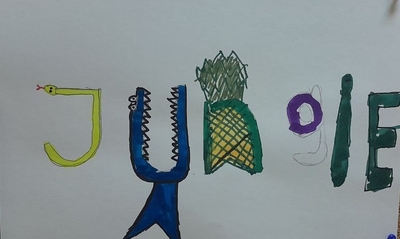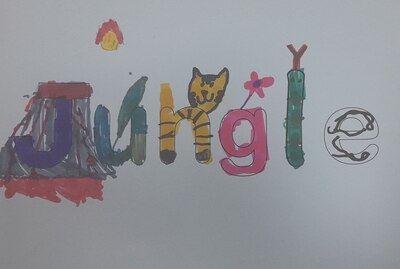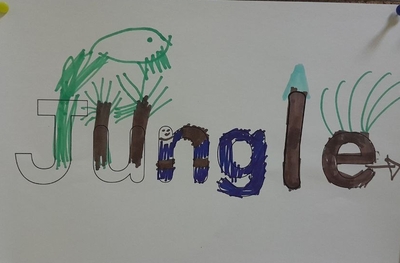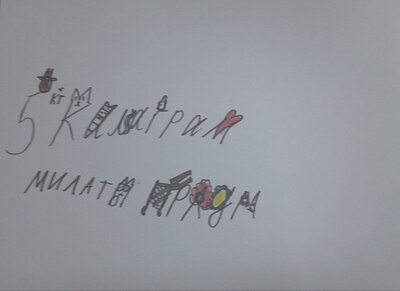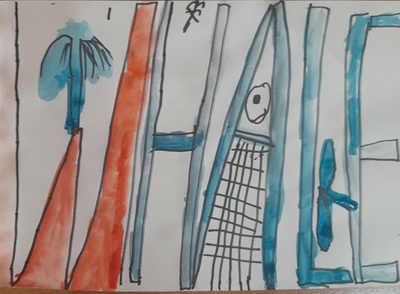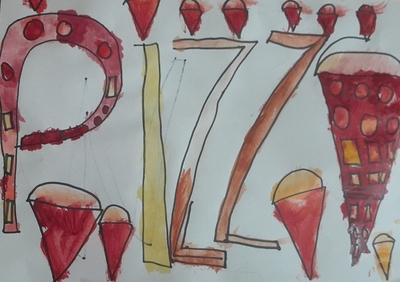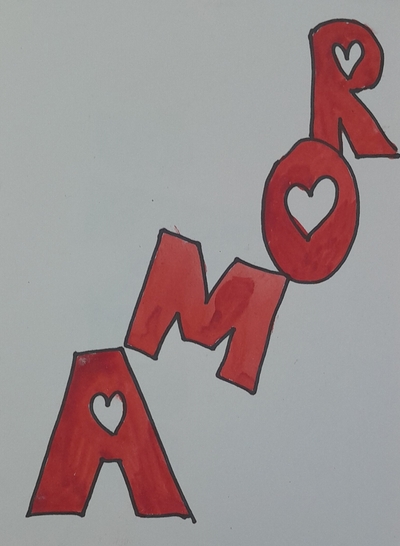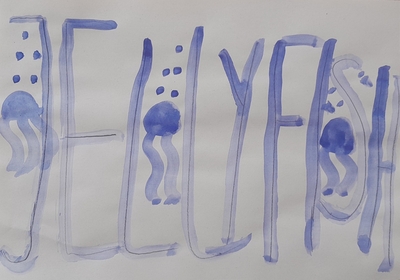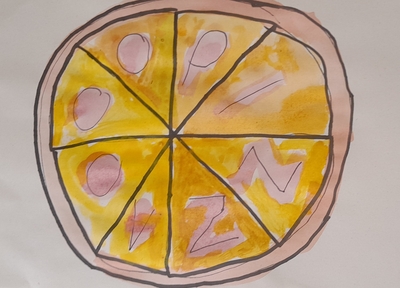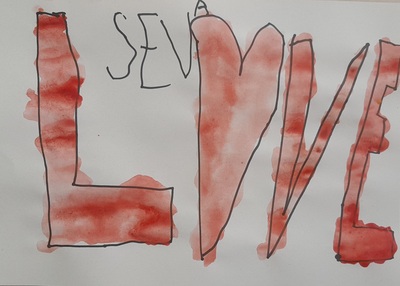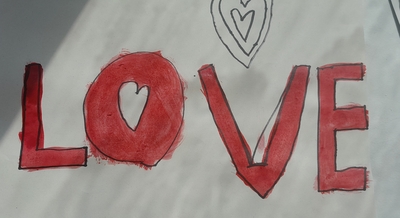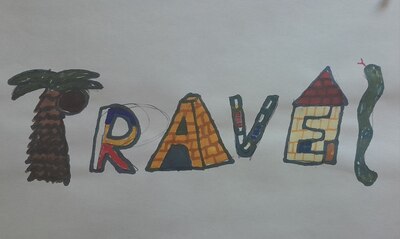
This time, I did not teach my regular Art lesson. Last Thursday, in the middle of a regular unit but at the end of the term, with all my kids already tired and looking forward to holidays and with the first properly spring days outside of our windows, I decided to let our hair down and engage into some creative activity as part of our regular English lesson. Yay to great ideas!
The language
This time round Erik Bulatov joined us in our regular English lessons. At the moment, we are in a fanstastic unit ‘Going places’ (Global English, CUP) and we have already revised the transport, learnt some less traditional transport, we did our Big Transport Tournament (choosing the best one, in qualifiers, quarter-, semi- and finals which was basically a lot of speaking) and now we are comparing the transport (‘Are they similar or different?’). We have also worked on the verb ‘to get’ and all its meanings (aka ‘The best verb in the world’).
And then I needed something lighter, more fun and more creative for the last lesson of the term.
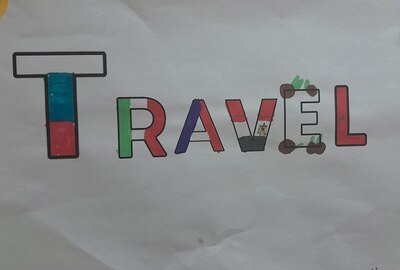
The artist
I taught this lesson before, twice, in different ways (the previous posts can be found here and here). I reused the presentation I prepared before even though some of the students have taken part in my Art Explorers lessons already and it worked well.
We talked a little bit about the meaning of words and the meaning of pictures and I introduced the Artist of the Day. We looked at his paintings and the meaning and how Bulatov tried to show his ideas through words and through images.
I have also showed the kids again the images in Portuguese I created for the previous lesson (in the posts mentioned before).
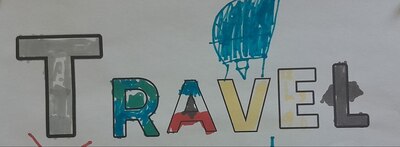
The art
I showed the students the template I prepared, just a simple word TRAVEL in block capital letters and together we brainstormed their own associations with the word. Afterwards, I explained that their task will be to illustrate the word in such a way so as to show the word speak: as a word and as a visual. And that all ideas are good ideas. I gave out the pencils and the markers and they got to work. They were working and I was just supervising and helping with the content as we had to do some research to look for images or for information.
Afterwards we had a short presentation for everyone to see all the ideas (‘This is my poster. I’ve got…because…and…’) and when all of them were done, we also had a feedback session. I wanted to praise everyone together, as a group, apart from all of those individual praises I gave while monitoring and I also wanted to highlight that we had lots and lots of different ideas and that they were all precious. One of the students suggested choosing the best poster but I objected. I explained that all of the posters were great and so different that it is impossible to choose one, the best, they are all great.
Apart from that I also wanted to ask the students for their feedback and whether it was easy or difficult to use the words and images in such a way. This was also a precious part of the lesson.
It is also important to mention that this lesson, untraditionally, was longer as it took more than 1 academic hour that we normally spend on Art in our Art Explorers. I could do it because we had a double English on that day and it was absolutely necessary as only a few of my students are the regular creators and I did notice that these did have a different time management mode and ideas generation mode. The others needed more time to make decisions, to generate ideas and to execute them. Which is something to bear in mind. If it hadn’t been the last day before the term break, we would have created in one lesson and carried out the presentation + feedback on the following day.
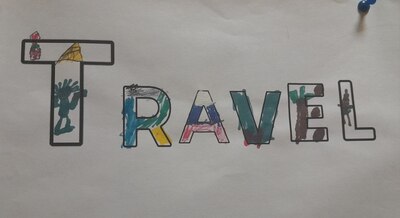
The teacher watches and ponders…
Oh, this was one wonderful lesson!
I was really really curious how my regular class would react to the Art content as out of all the students only three or four attend the Art Explorers regularly, all the other ones do not have the chance to stay for the afterschool classes and only some of them attend our term break classes when these take place.
But it went well…I mean, it is a good lesson and, for me as a teacher, it has been tried and tested so I was confident and I knew that great things might come out of it. But the kids took well to it. They were curious about the artist and his paintings, especially that they were in Russian and they were interested and invested in answering the questions I asked.
The brainstorming session, something that we rarely do in the Art Explorers, also helped because it helped the (potentially) less creative students generate ideas or, at least, to see that there is a range of interpretations to choose from. To be honest, some of the kids really surprised me with their ideas and their interpretations as they were fresh and spot-on.
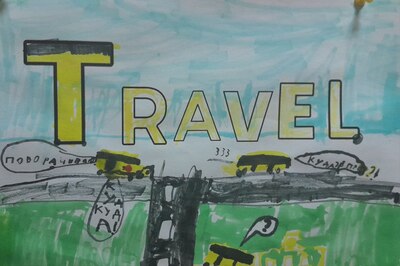
The presentation was a great idea, and again, something we rarely do, because only in our classes we have more time and a relatively even levels of English for everyone to produce and to understand but it was also worth it. I need to think of how to smuggle elements of it into our Art Explorers classes.
My favourite part, however, apart from the creation, was the feedback and all of the comments the kids made. The general consensus was that sometimes it was easy and sometimes it was not to come up with the ideas and to deal with their execution. I really loved the fact that there was such a variety of the interpretations and they the kids had a chance to see everyone else’s angle, too, further broadening their horizons. Some of my favourite ones were the following: travel represented by the sights from around the world, travel represented by things that we need to travel, travel represented by the flags of the countries that the artist likes, travel represented by the flags of the countries that start with the letters t, r, a, v, e and l, travel represented by the travel associations that look like the letters of the word or, even, travel represented by the potential problems which you might encounter while travelling…
The most beautiful line and the one that I will finish this post with was a question from one of my students, one of those cool one, the older ones, the ones who do not attend the regular art classes. It went like that:
‘Are we going to do it again?’
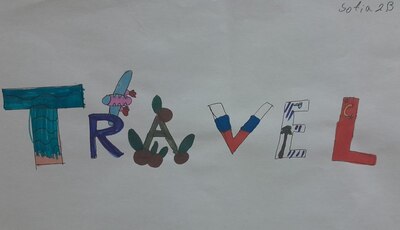
Happy teaching!
